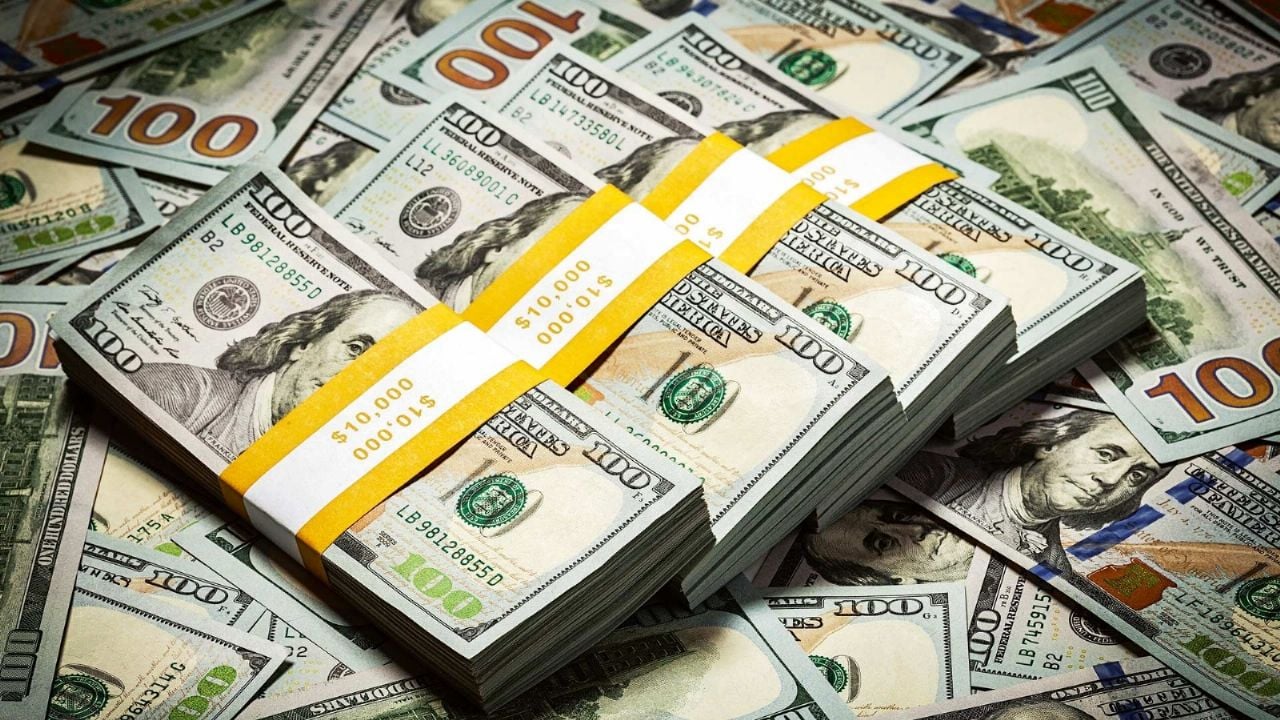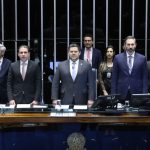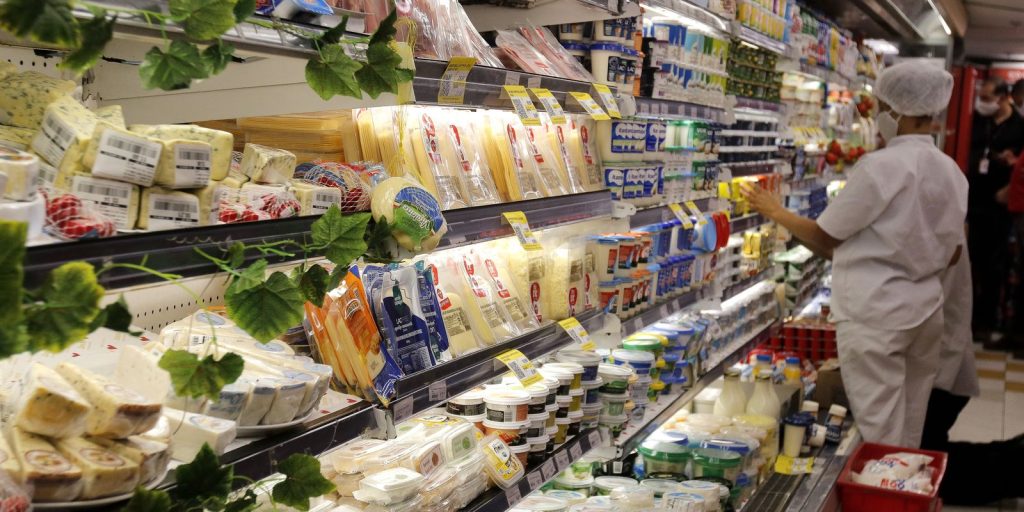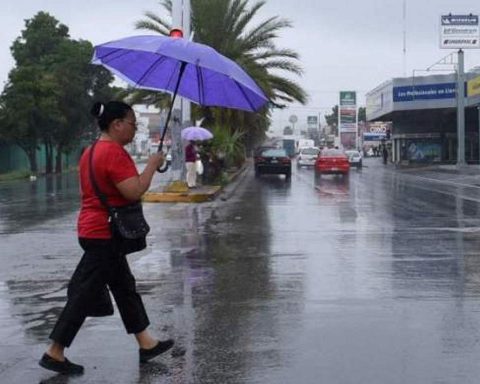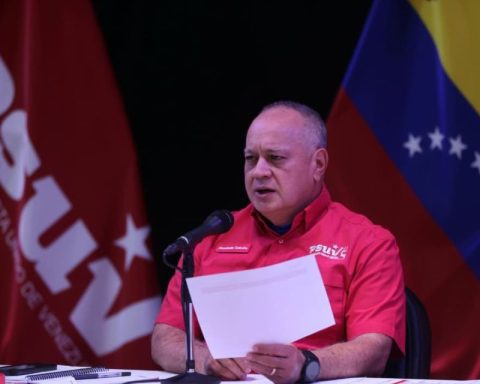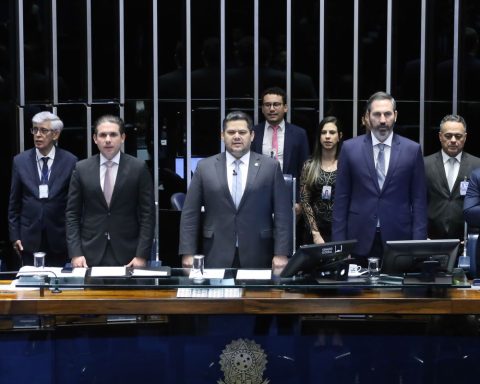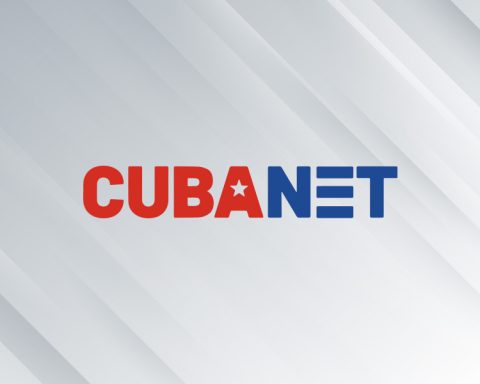This Thursday, January 16, the price of dollar shows significant differences between the official dollar and the blue dollar. The blue dollar, which is traded in the parallel market, is quoted at $1,225 for sale and $1,205 for purchase.
On the other hand, the dollar official, which is acquired in banks and exchange houses, had a price of $1,061.50 for sale and $1,021.50 for purchase at Banco Nación. The exchange gap between the blue dollar and the official dollar was approximately 14.6%, which reflects the price difference between both markets.
This difference is a manifestation of high inflation and the devaluation of the Argentine peso, which have led to greater demand for foreign currency in the parallel market. In addition to the blue dollar and the official dollar, other types of dollars are also quoted in Argentina, such as the tourist dollar and the savings dollar..
The tourist dollar, which is used for purchases and payments in foreign currency, was quoted at $1,857.63. This value includes a surcharge of 30% of the PAIS Tax and a surcharge of 45% on account of Profits. The savings dollar, which includes a 35% surcharge, was quoted at $1,751.

Fountain: Dollar Today
The price of the blue dollar has shown an upward trend compared to the previous year. In January 2025, the dollar blue rose 5% compared to the previous month and 4% compared to the previous year. This rise reflects economic instability and the continued devaluation of the Argentine peso.
The exchange market in Argentina has been the subject of various government regulations and policies in recent years. The difference between the blue dollar and the official dollar is a manifestation of the restrictions on access to foreign currency and the existence of a parallel market where prices are higher due to the shortage of dollars.

Reality
The price of the dollar in Argentina showed significant differences between the dollar blue and the official dollar, with an exchange gap of approximately 14.6%. This difference reflects economic instability and the continuous devaluation of the Argentine peso.
These two factors have led to greater demand for currencies in the parallel market. The price of the blue dollar has shown an upward trend compared to the previous year, rising 5% compared to the previous month and 4% compared to the previous year.
follow us on Google News and on our channel instagramto continue enjoying the latest news and our best content.
